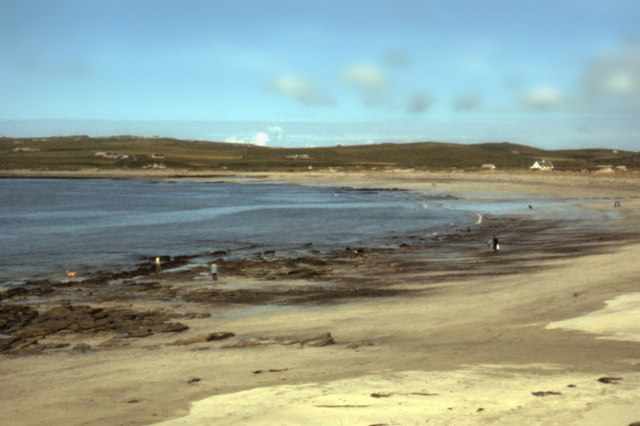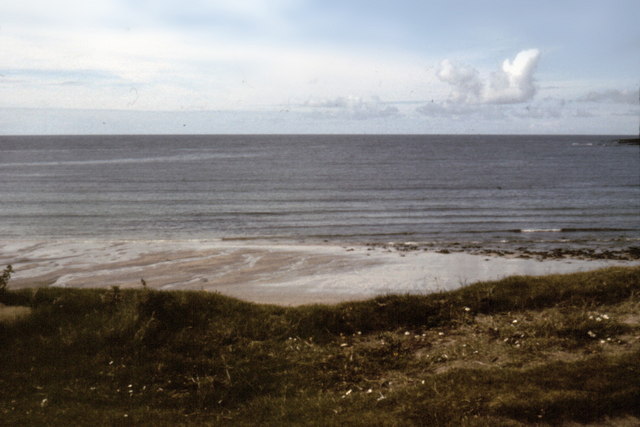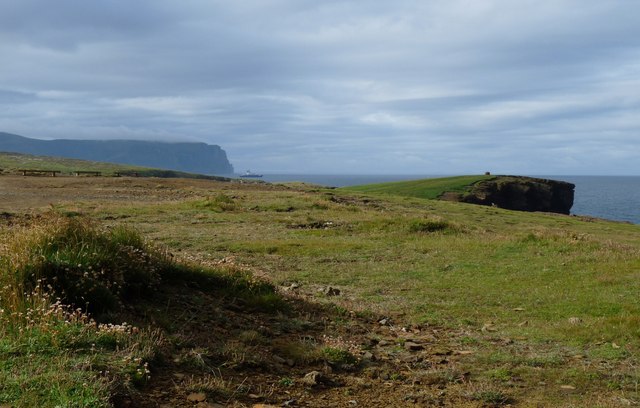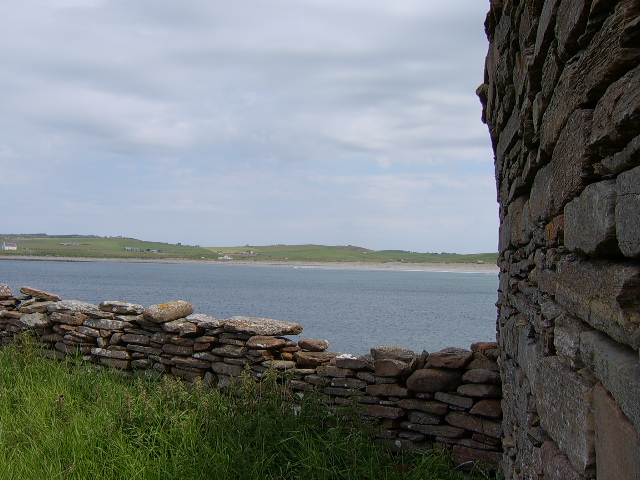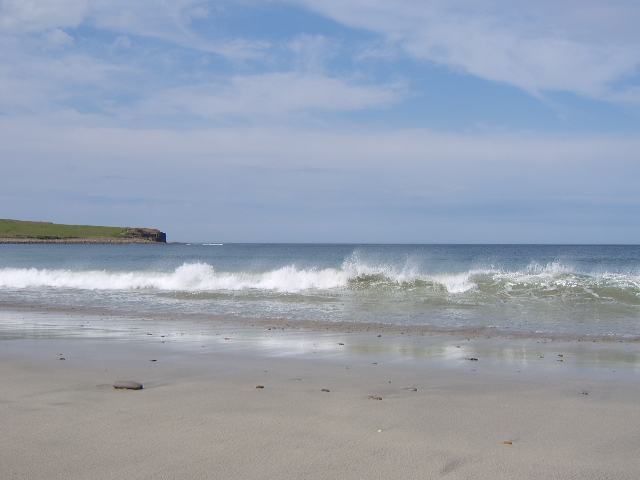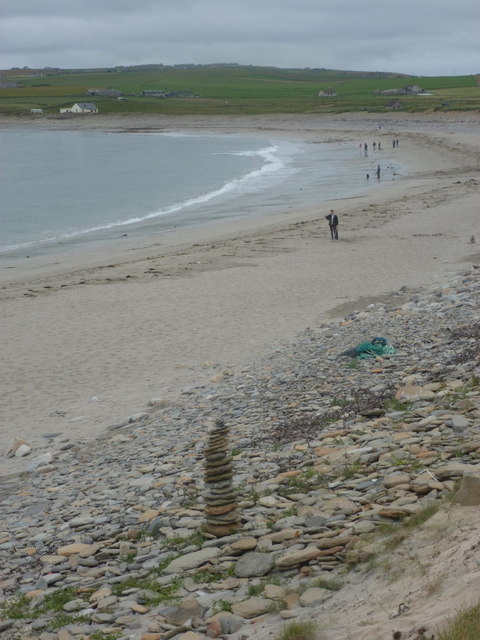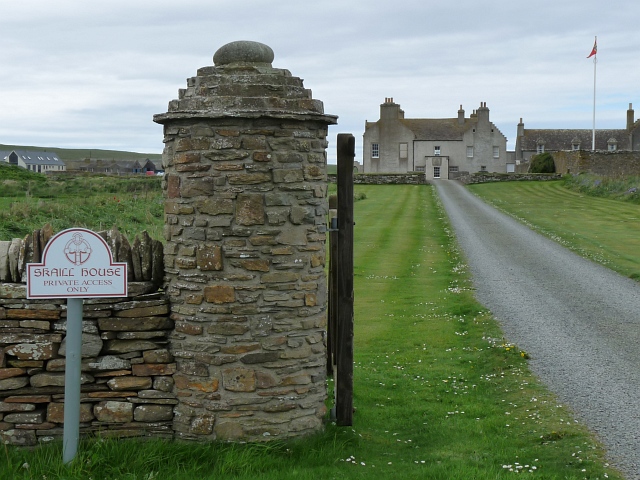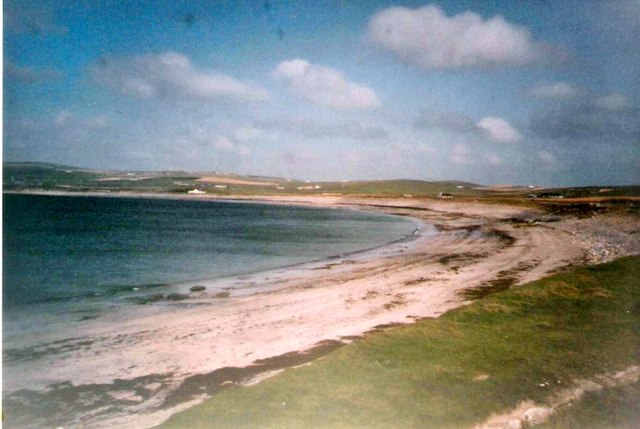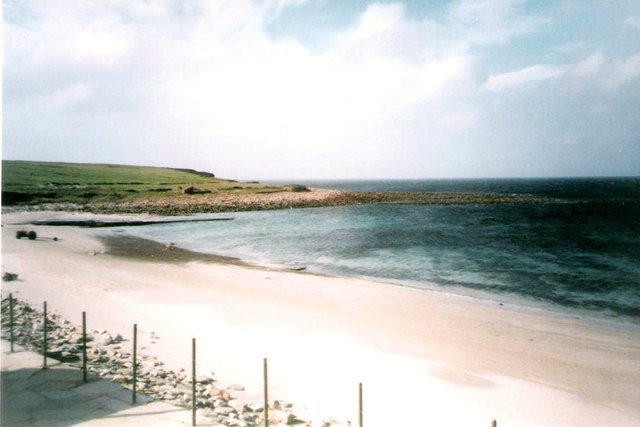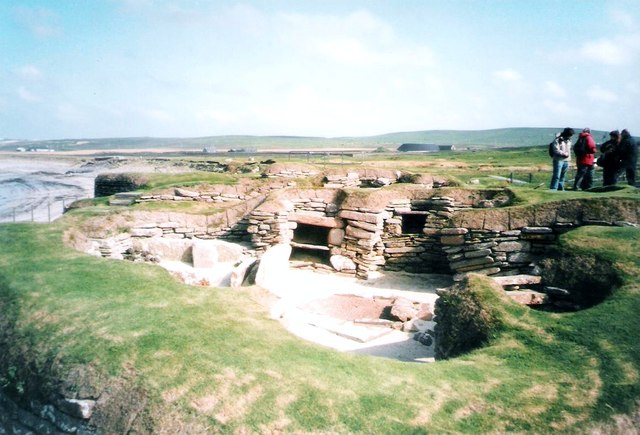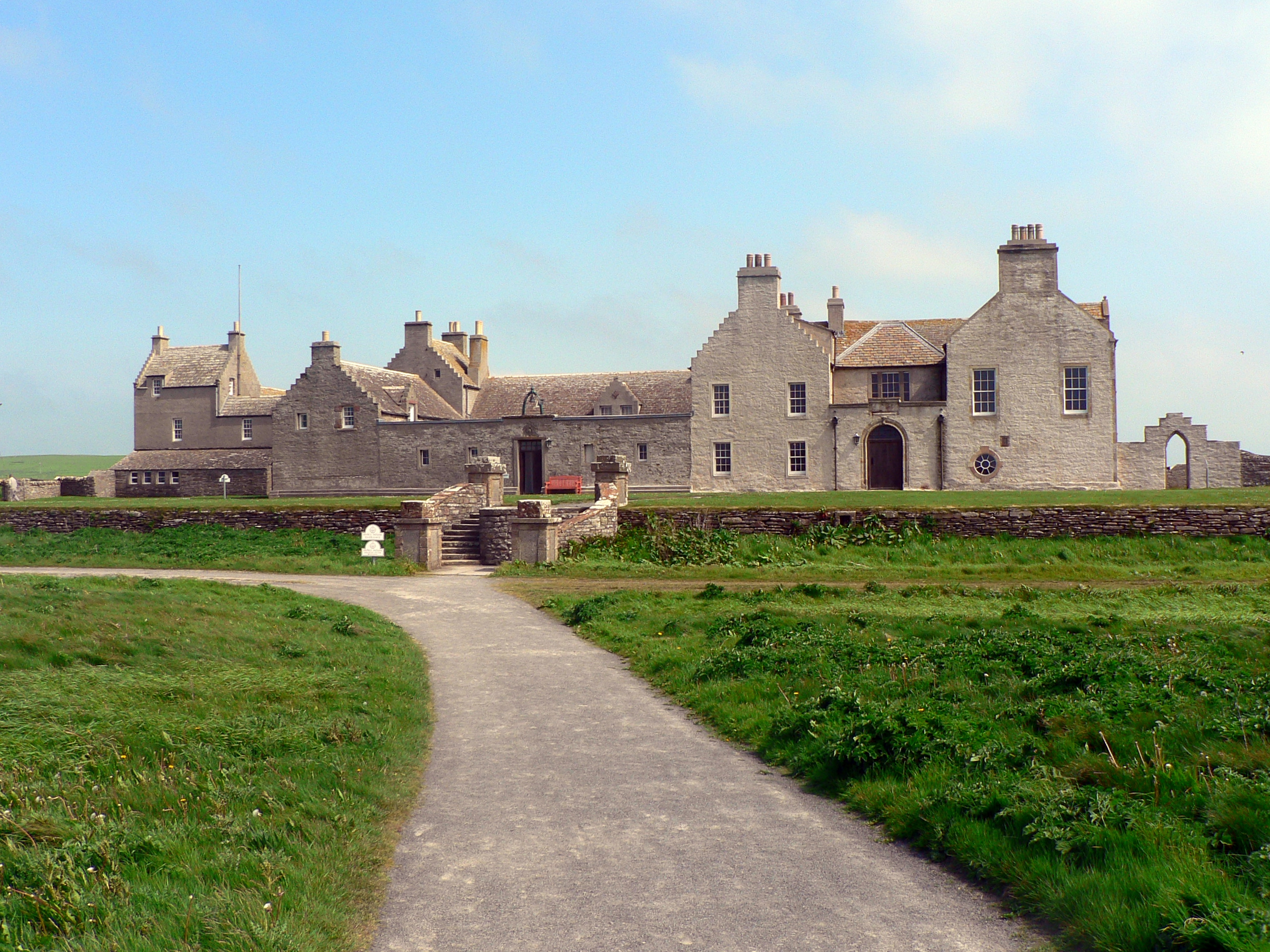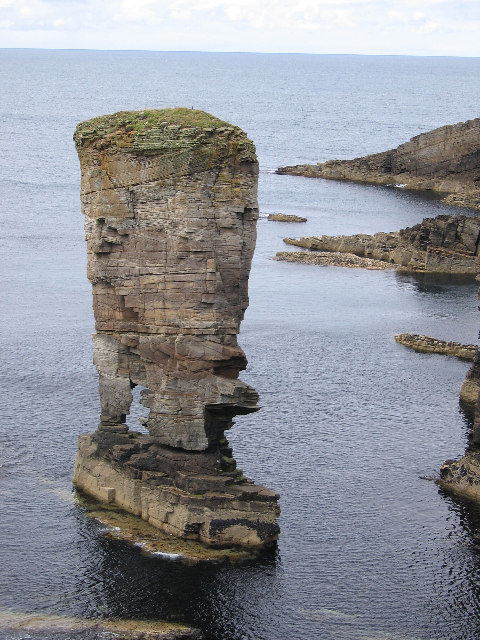Ness of Ramnageo
Coastal Feature, Headland, Point in Orkney
Scotland
Ness of Ramnageo
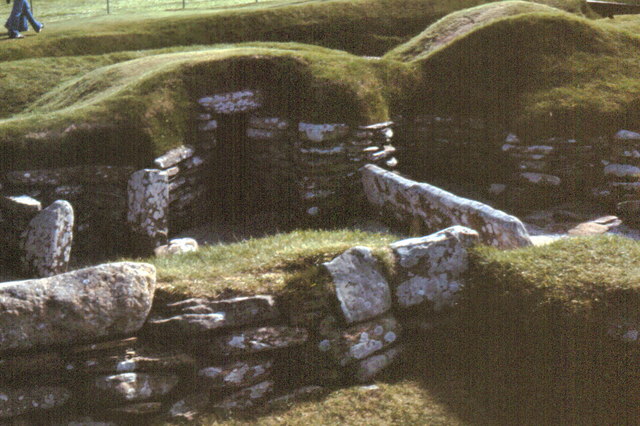
Ness of Ramnageo is a prominent coastal feature located on the northeastern coast of the Orkney Islands, an archipelago situated off the northeastern coast of Scotland. This headland juts out into the North Sea, forming a distinct point that offers panoramic views of the surrounding landscape.
The Ness of Ramnageo is characterized by its rugged and rocky terrain, with sheer cliffs that tower over the crashing waves below. The headland is composed of sandstone and flagstone, which have been shaped by centuries of erosion caused by the relentless sea. This erosion has created unique geological formations, including sea stacks and caves, which are a notable feature of the area.
The headland is also rich in biodiversity, with numerous seabird colonies inhabiting the cliffs. Visitors to Ness of Ramnageo can observe a variety of bird species, including fulmars, guillemots, and puffins, nesting and fishing along the coastline. The area is a designated Site of Special Scientific Interest (SSSI) due to its importance for breeding seabirds.
Ness of Ramnageo is a popular destination for both tourists and locals alike, who come to admire the dramatic coastal scenery and experience the raw power of the North Sea. The headland offers excellent opportunities for coastal walks and exploration, with several walking trails leading visitors around the point and to nearby landmarks such as the Brough of Deerness.
Overall, Ness of Ramnageo is a stunning coastal feature that showcases both the natural beauty and geological significance of the Orkney Islands.
If you have any feedback on the listing, please let us know in the comments section below.
Ness of Ramnageo Images
Images are sourced within 2km of 59.037171/-3.3495267 or Grid Reference HY2217. Thanks to Geograph Open Source API. All images are credited.

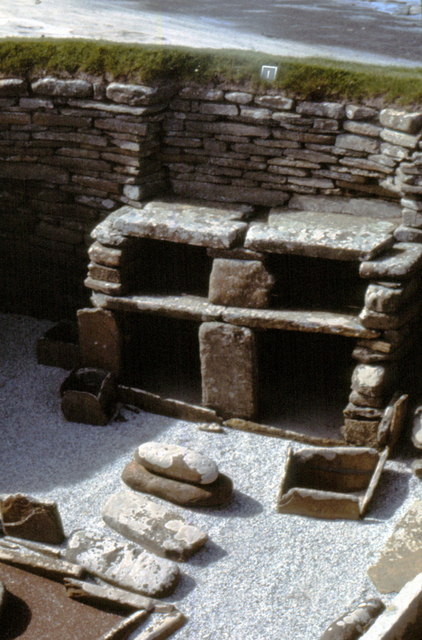
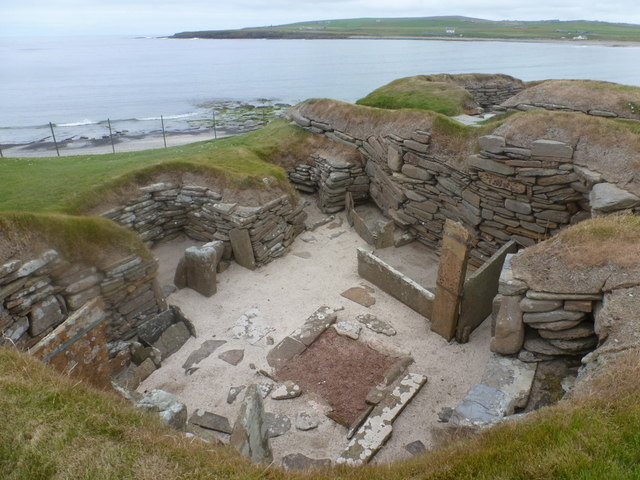
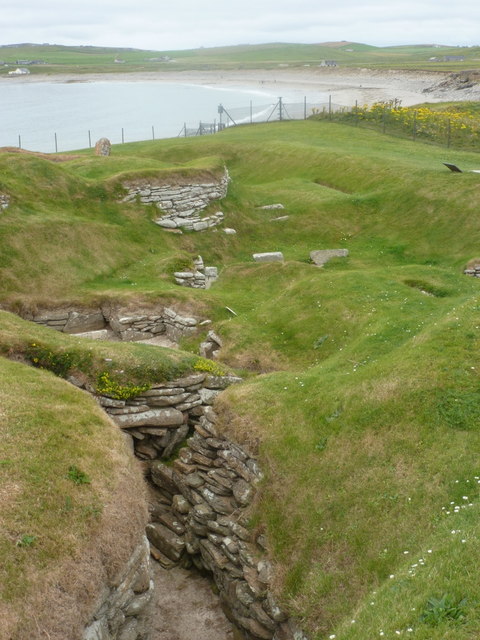
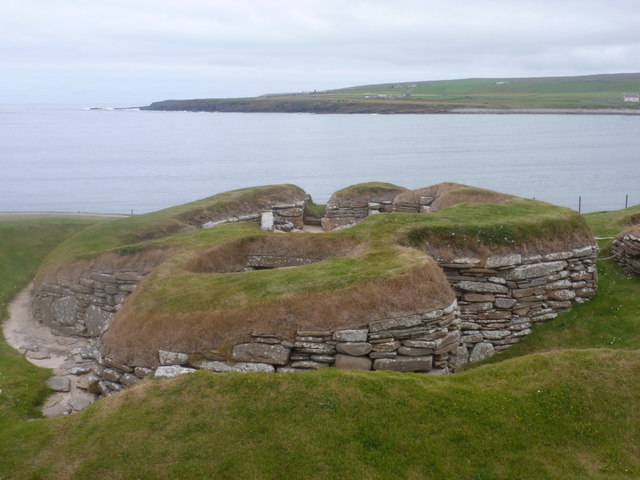
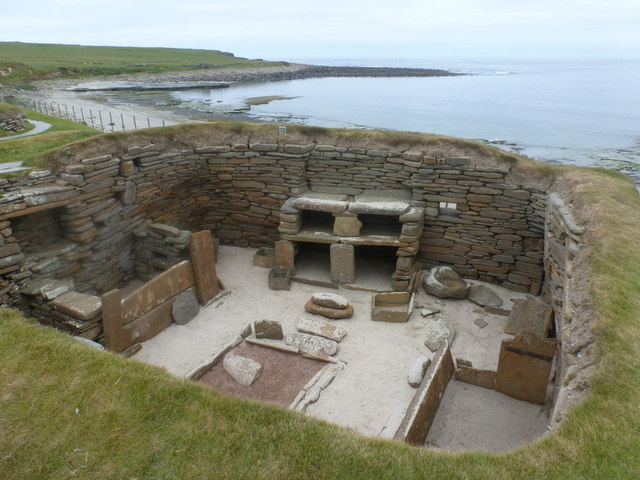
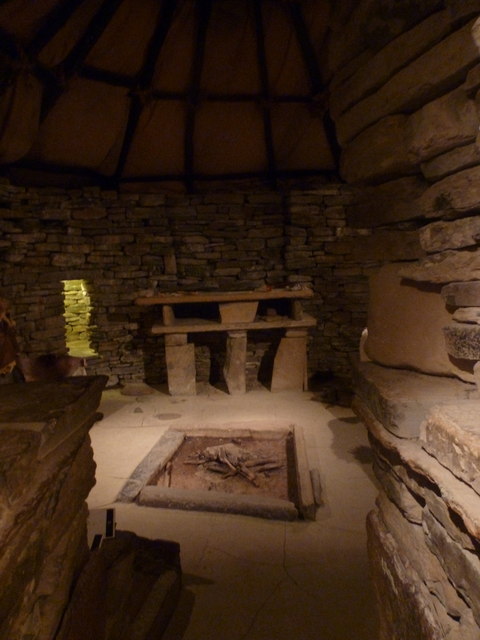
Ness of Ramnageo is located at Grid Ref: HY2217 (Lat: 59.037171, Lng: -3.3495267)
Unitary Authority: Orkney Islands
Police Authority: Highlands and Islands
What 3 Words
///slider.shackles.origin. Near Sandwick, Orkney Islands
Nearby Locations
Related Wikis
Broch of Borwick
The Broch of Borwick is an Iron Age broch located on Mainland, Orkney, Scotland (grid reference HY22411678). It is a scheduled monument. == Location... ==
Skara Brae
Skara Brae is a stone-built Neolithic settlement, located on the Bay of Skaill on the west coast of Mainland, the largest island in the Orkney archipelago...
Skaill House
Skaill House is a historic manor house in Sandwick parish on Mainland, the largest of the Orkney Islands, Scotland. The house overlooks the neolithic site...
Yesnaby
Yesnaby is an area in Sandwick, on the west coast of Orkney Mainland, Scotland, south of Skara Brae. It is renowned for its spectacular Old Red Sandstone...
Nearby Amenities
Located within 500m of 59.037171,-3.3495267Have you been to Ness of Ramnageo?
Leave your review of Ness of Ramnageo below (or comments, questions and feedback).
